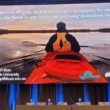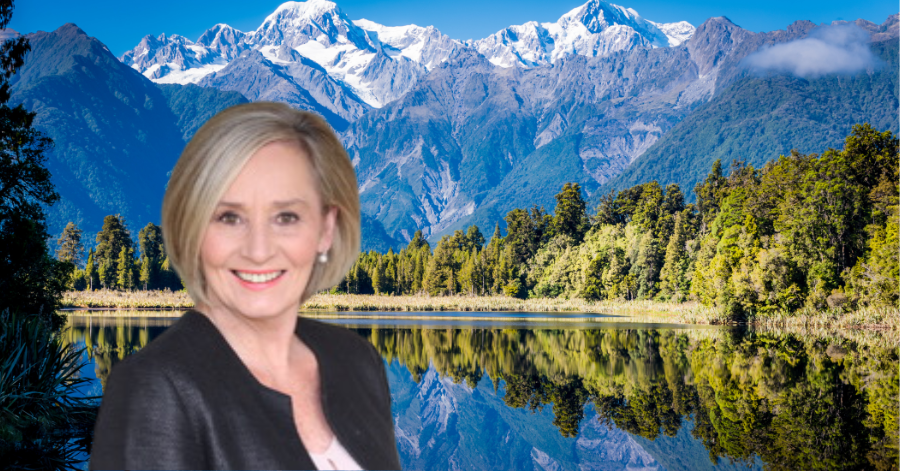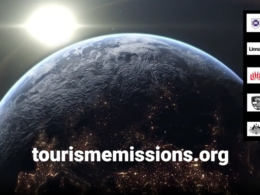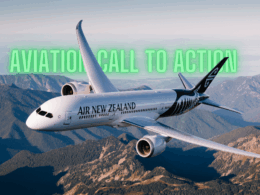New Zealand tourism is at a crossroads. But fortunately New Zealand tourism has been and continues to be served by a small number of thought leaders who care deeply about tourism and offer outstanding leadership for the sector. One of those people is Glenys Coughlan.
Summary
In March 2024 at the Otago Tourism Policy School in Queenstown, the programme concluded with a keynote address presented by Glenys Coughlan. In advance Glenys warned me that she intended to provoke. She did not disappoint. Her keynote providing insight and vision in abundance. Following my podcast two weeks ago, and my critique of the current line of travel in New Zealand tourism, it seemed appropriate to me to connect with Glenys to discuss pathways to sustainable tourism in a rapidly changing national and global environment, and I am delighted that she joins me today for Episode 28.
Below are the questions I asked Glenys during the interviews. There is not a full script/transcript available for this episode, as it was a true interview.
1. For listeners who may not know, can you give us a short summary of your career in tourism?
2. You presented a confronting provocation piece at the Tourism Policy School in March 2024. Why did you feel the need to provoke and what was the essence of your provocation?
3. You say that Aotearoa New Zealand has been a global leader in tourism development and marketing for over 100 years. What has changed?
4. Your thinking is guided by this framework titled ‘Values based tourism and the four capitals of wellbeing’. Can you briefly explain the framework and how it links to your ‘seven compass points’?
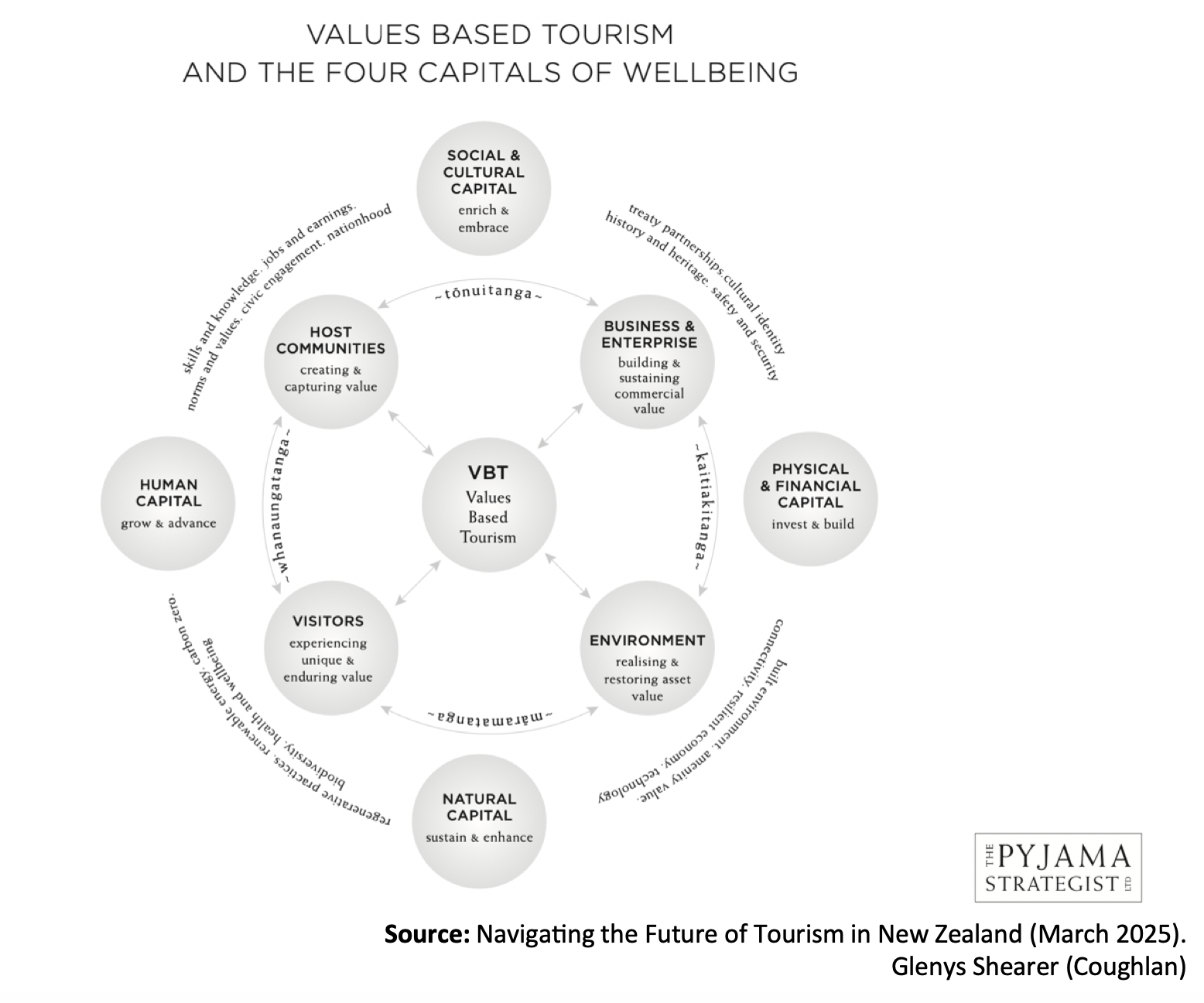
5. You begin with ‘The tourism industry is thriving’. Why is this your starting point?
6. Your second compass point is that the ‘Industry is enlightened by understanding and embracing mana whenua’s values and cultural practices – does this mean that indigenous thinking might guide us to a thriving future?
7. Third, the environment is Regenerating and our Footprint on the Environment is reducing – does this require indicators to measure our regenerating environment and reducing footprint – what should we be measuring?
8. Compass point four expresses the point that, Our Communities are Empowered and Actively Engaged – does this mean less centralisation and more regional and community empowerment?
9. Fifth, how do we ensure that our visitors are enriched – what are the key elements of visitor enrichment?
10. Six, The Industry is Enabled and Informed by deep data and emerging technologies – this is where our industry could become supercharged – but what does this require?
11. The last compass point is New Zealand’s Visitor and Support Infrastructure is world-class and sought out by leading Investment Partners.
12. What is required to get us moving towards these compass points – do we need to rethink the tourism system in New Zealand, and can we be a global leader again?
Post-interview comments from glenys
1. In order to establish a National Tourism Authority or Agency (NTA) we need to present a compelling and evidence based investment case to Government that demonstrates how the establishment of an NTA will enhance (or using their words supercharge) the productivity and contribution of tourism to New Zealand, nationally and regionally.
2. If we don’t synchronise and resource destination marketing (demand) and destination management (supply) we are at grave risk of damaging the integrity of our brand.
3. The compass points or future states/goals that we discussed are not intended as a hierarchy – they are the interconnected components of a thriving and sustainable tourism system
4. The capital stocks that are referenced in the Values Based Tourism model are derived from the United Nations Sustainable Development Goals
5. The underlying question in my initial OTPS ‘provocations’ was “are we being good ancestors?” I suggest not, and so we are not only compromising tourism’s current performance but we are adding to intergenerational equity as we should be.
6. We discussed the need to fund both shared infrastructure and visitor super structure. These funds will need to be secured from both the private and public sectors (Central and Local) and tourism will need to evidence the return on invested capital (ROIC) in more sophisticated ways than we do now if we want to sustain and grow investment.
